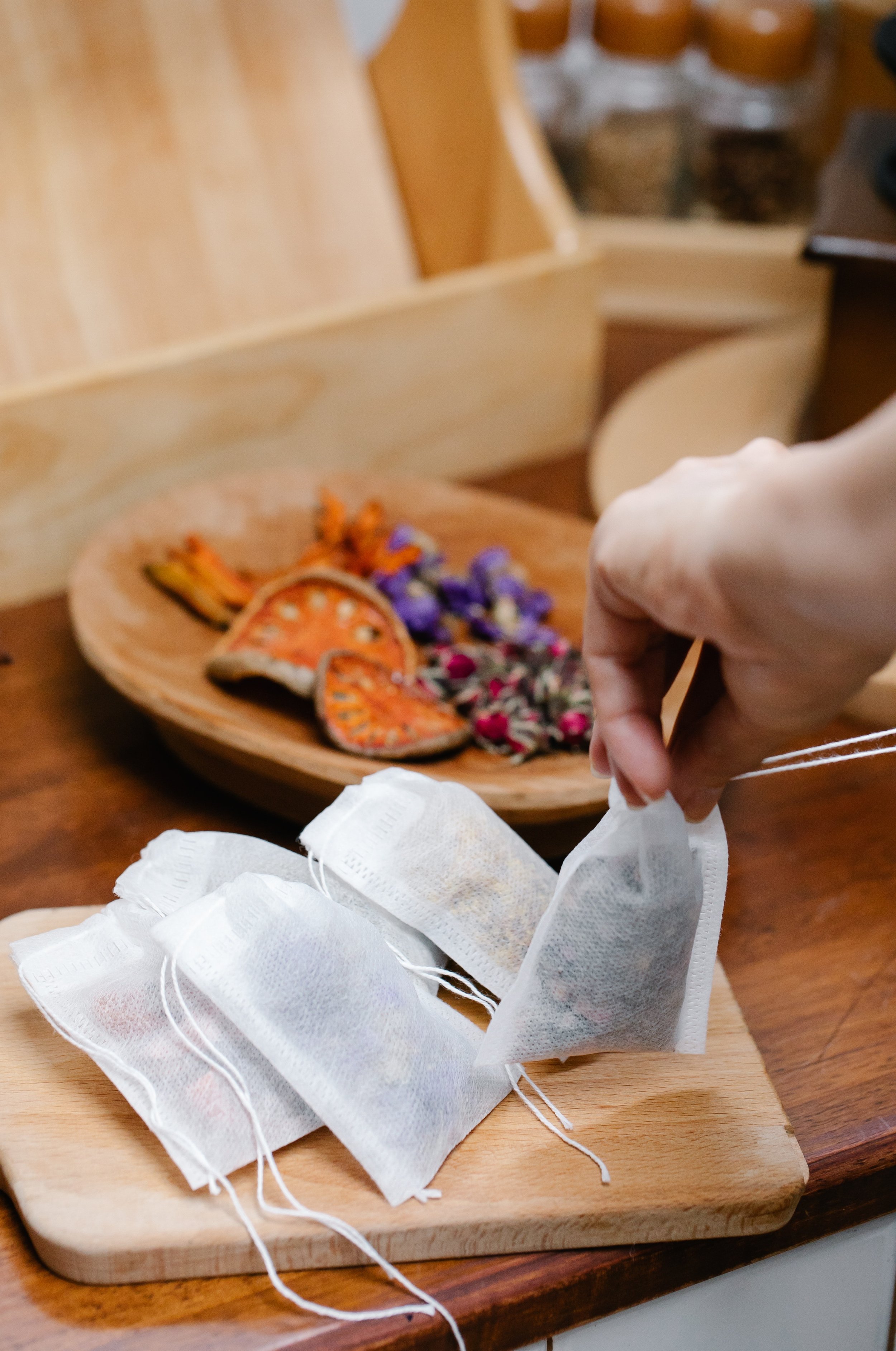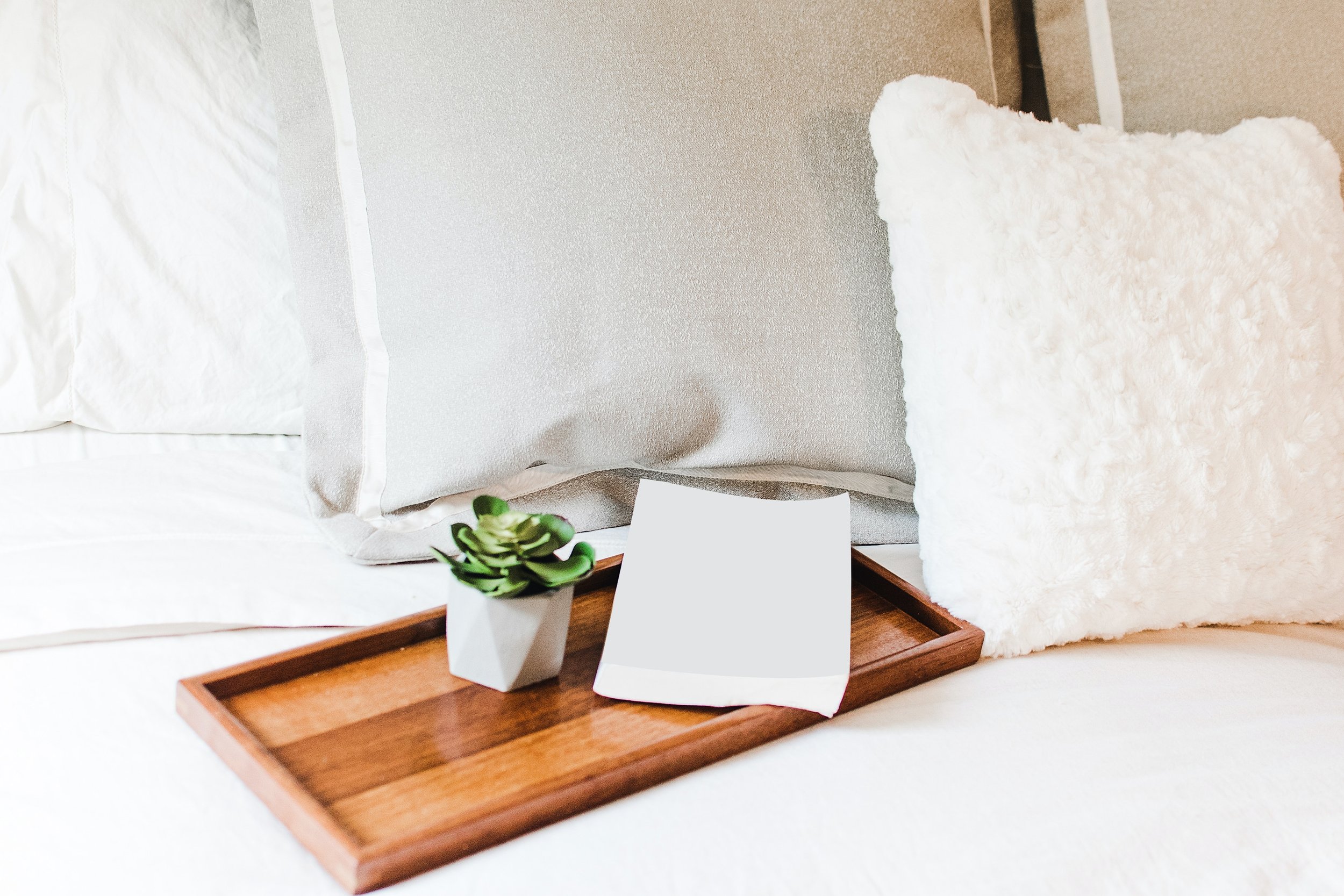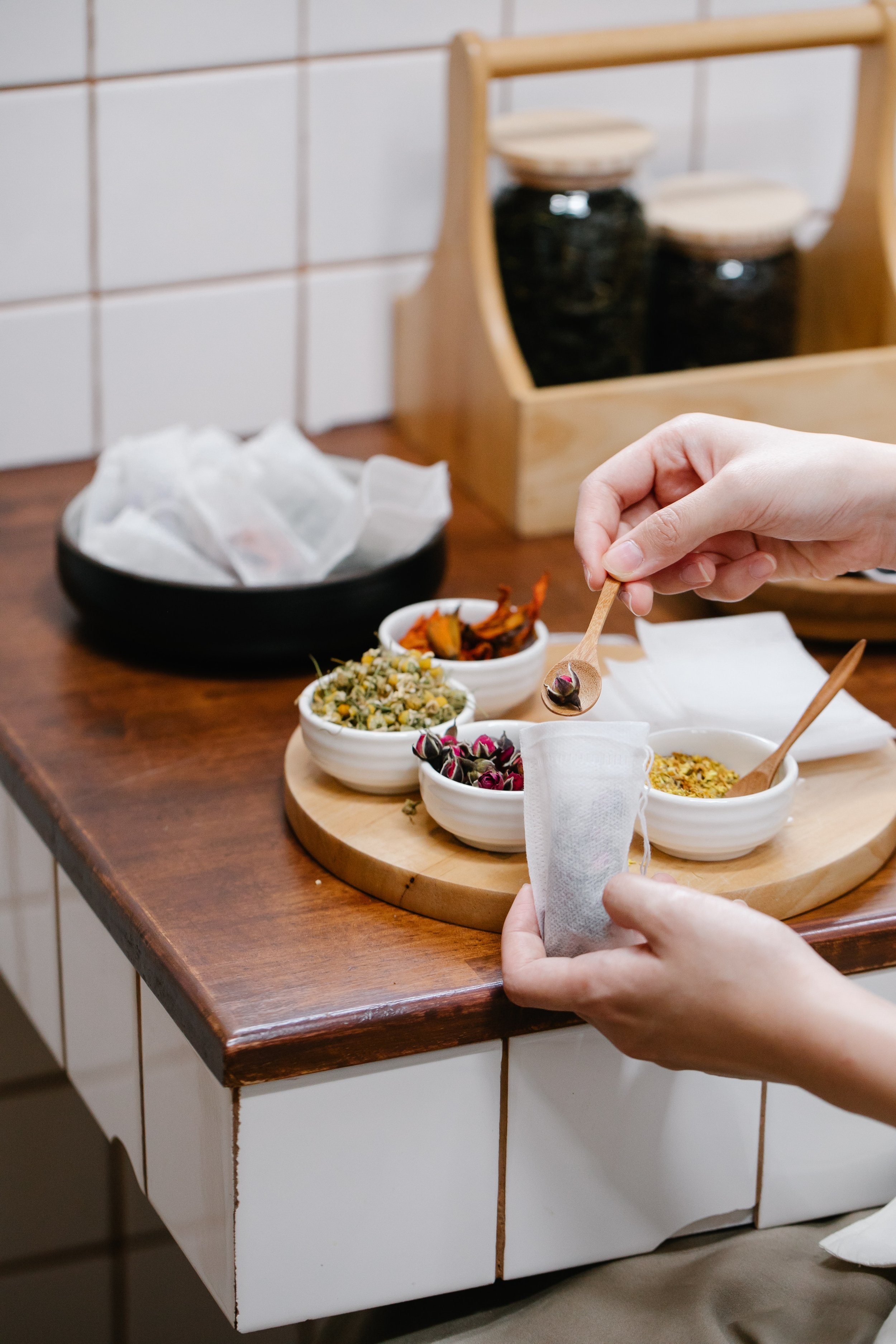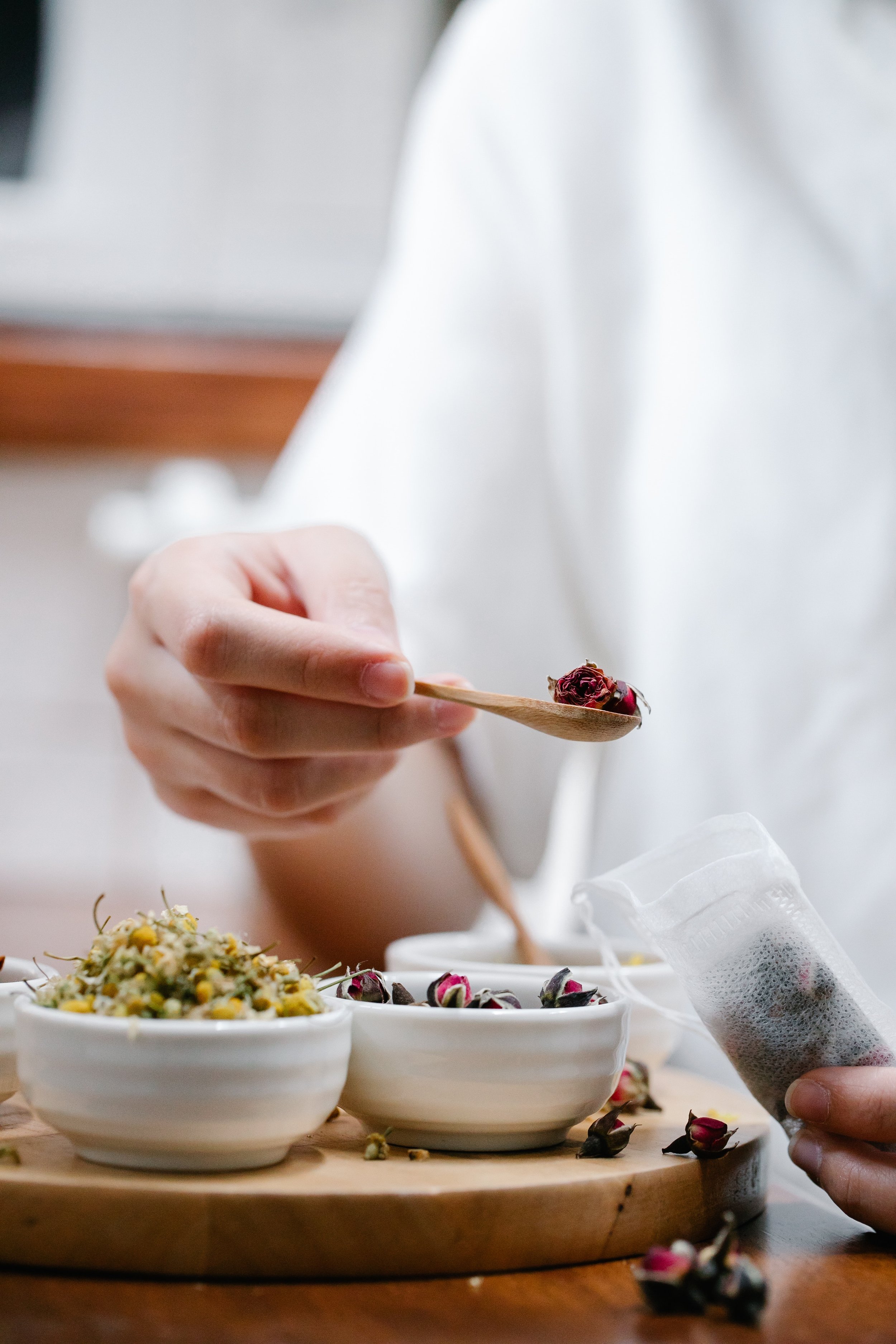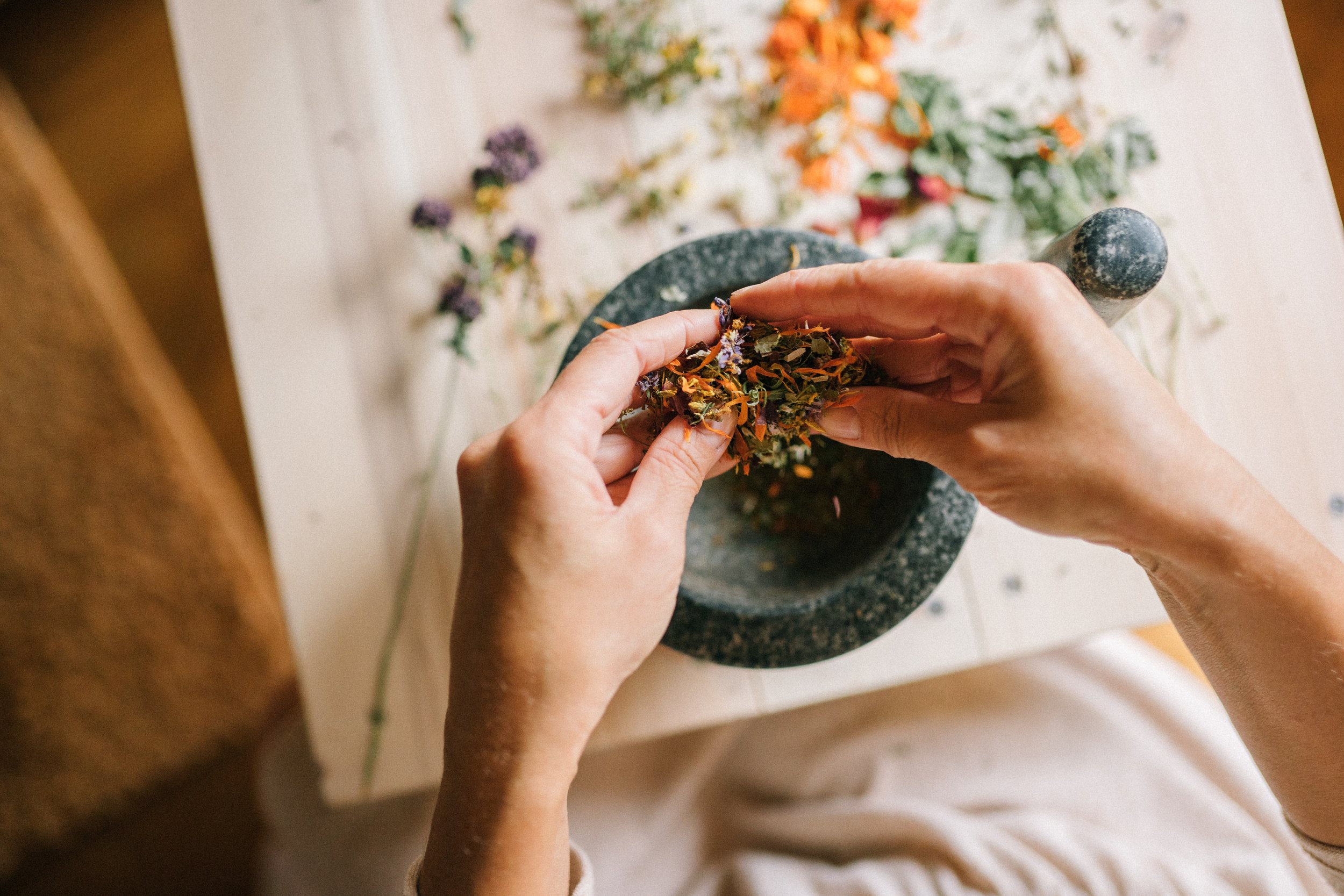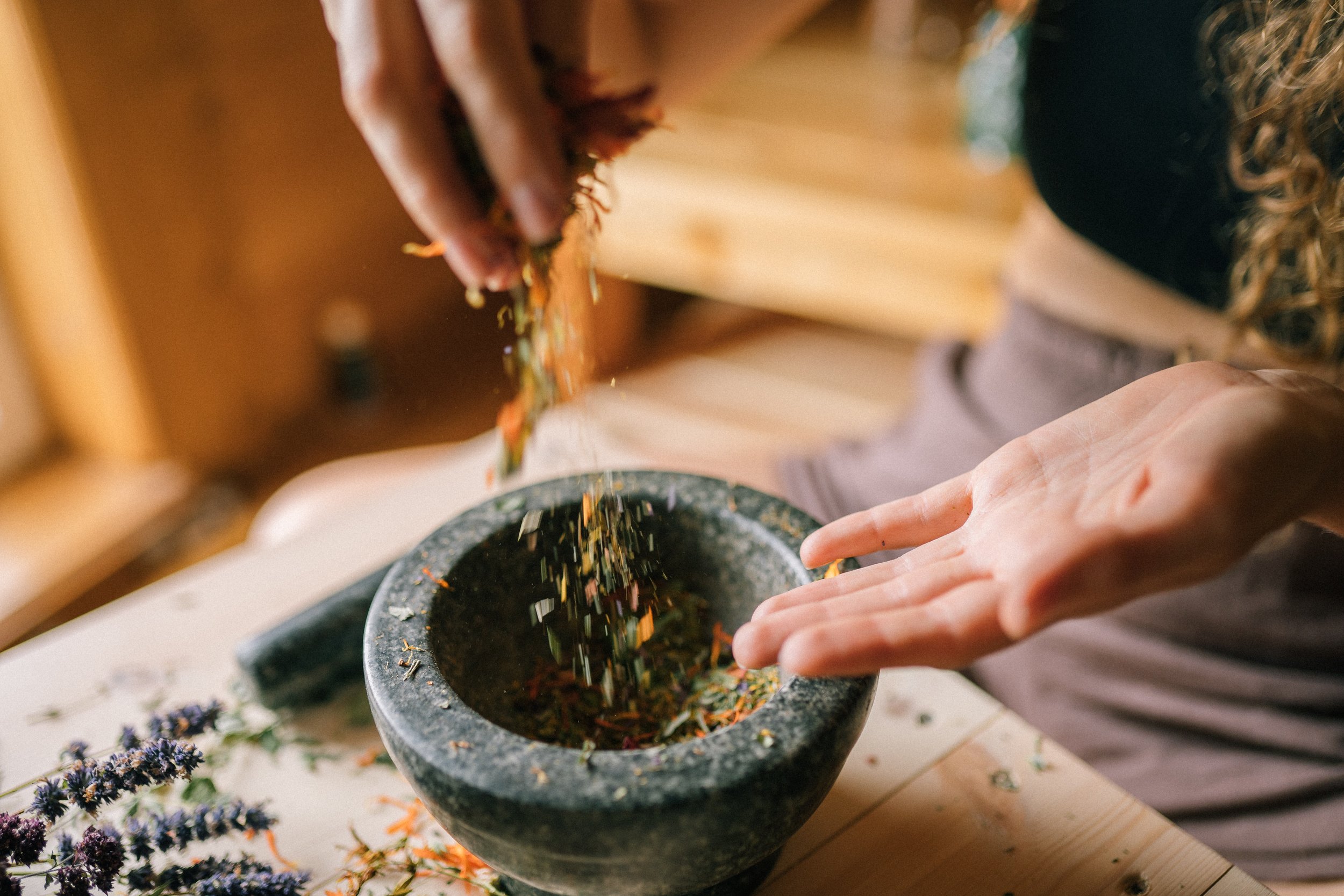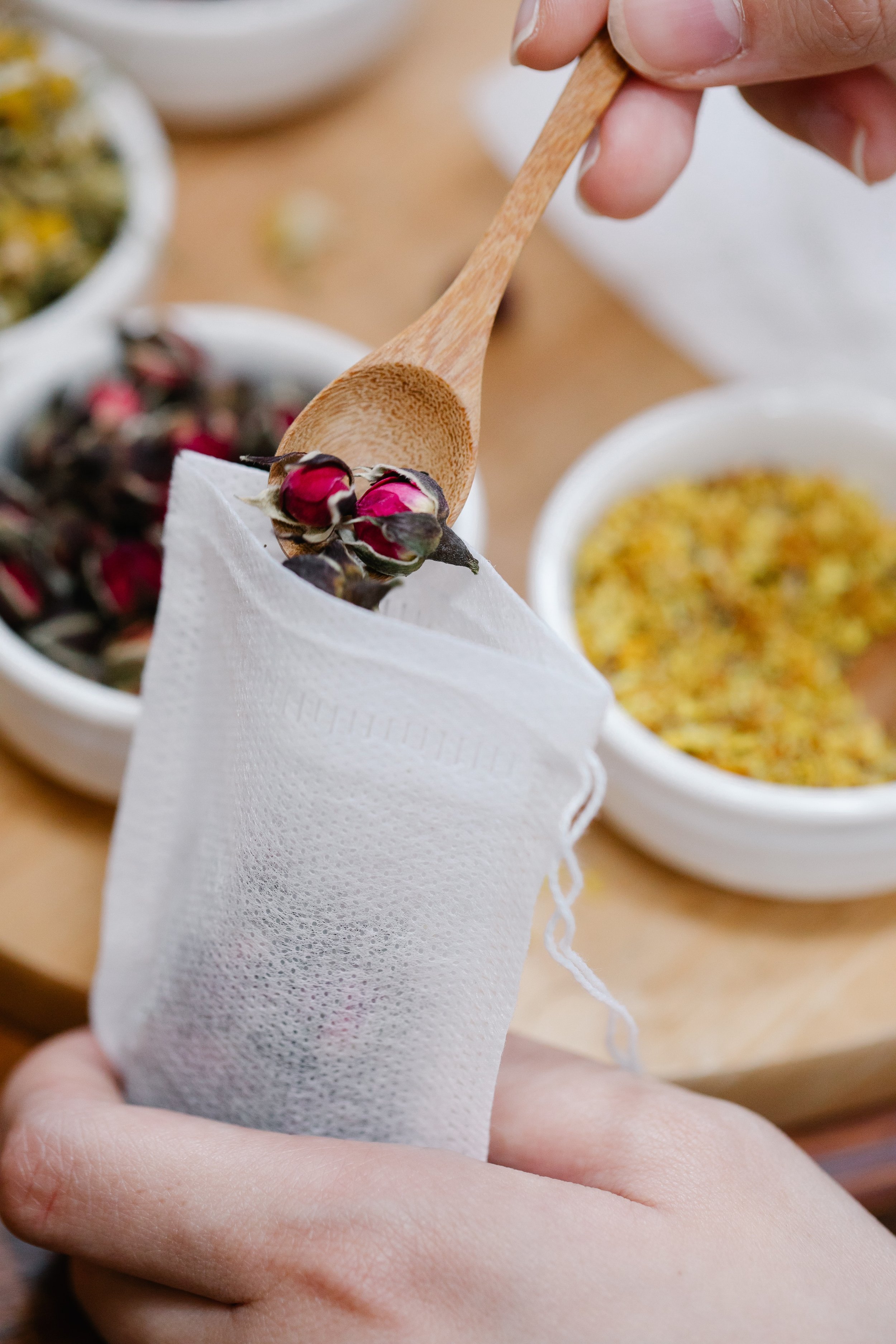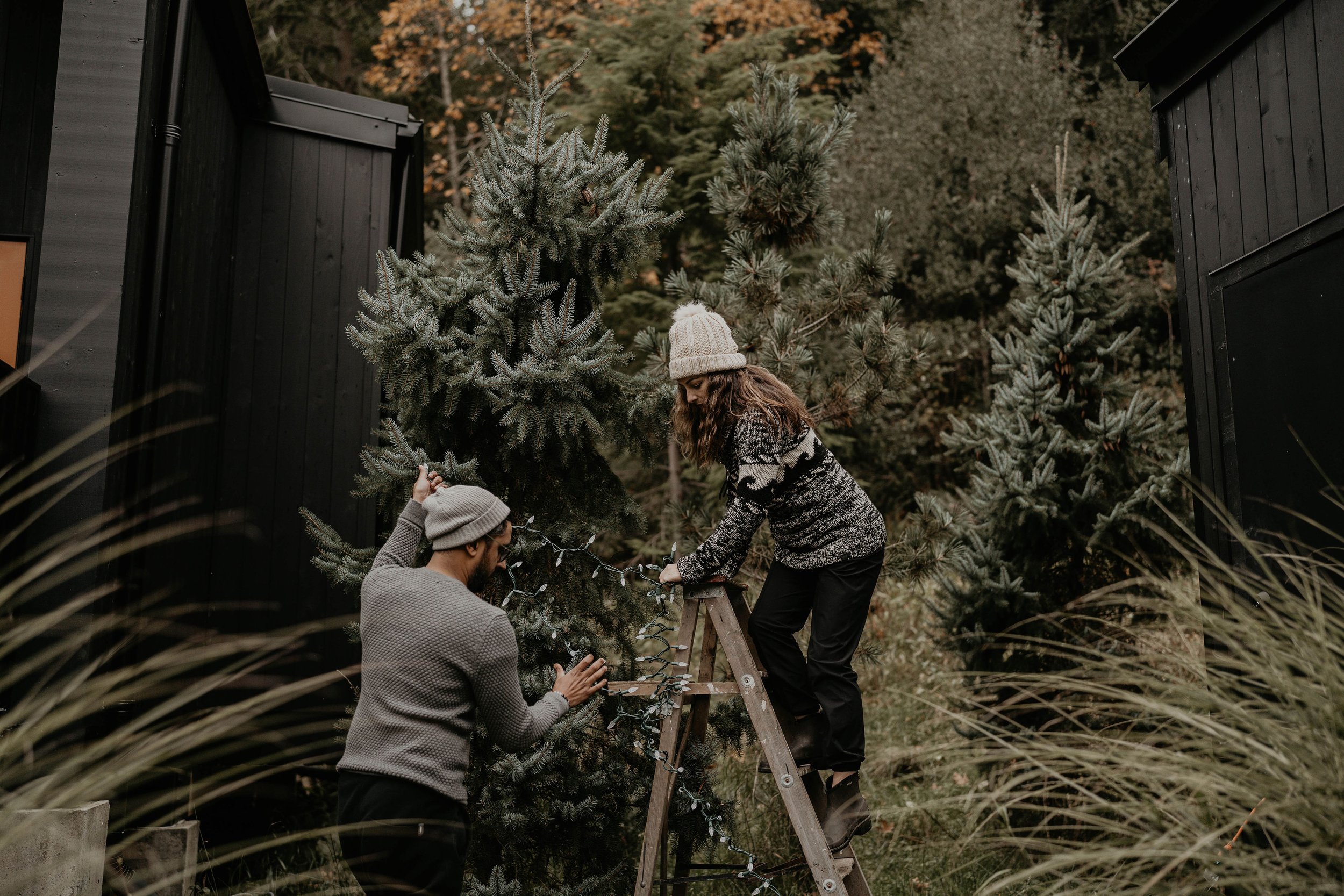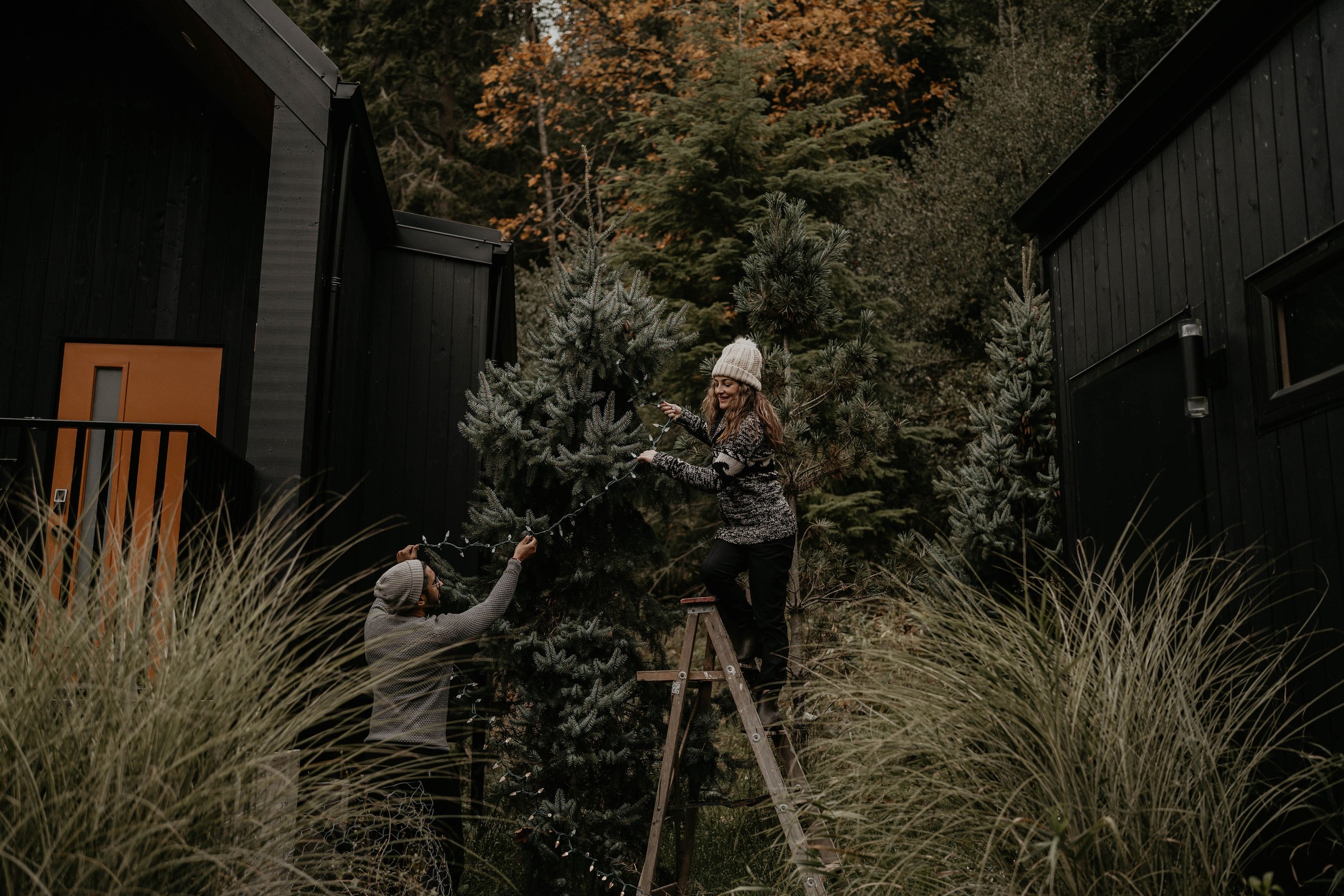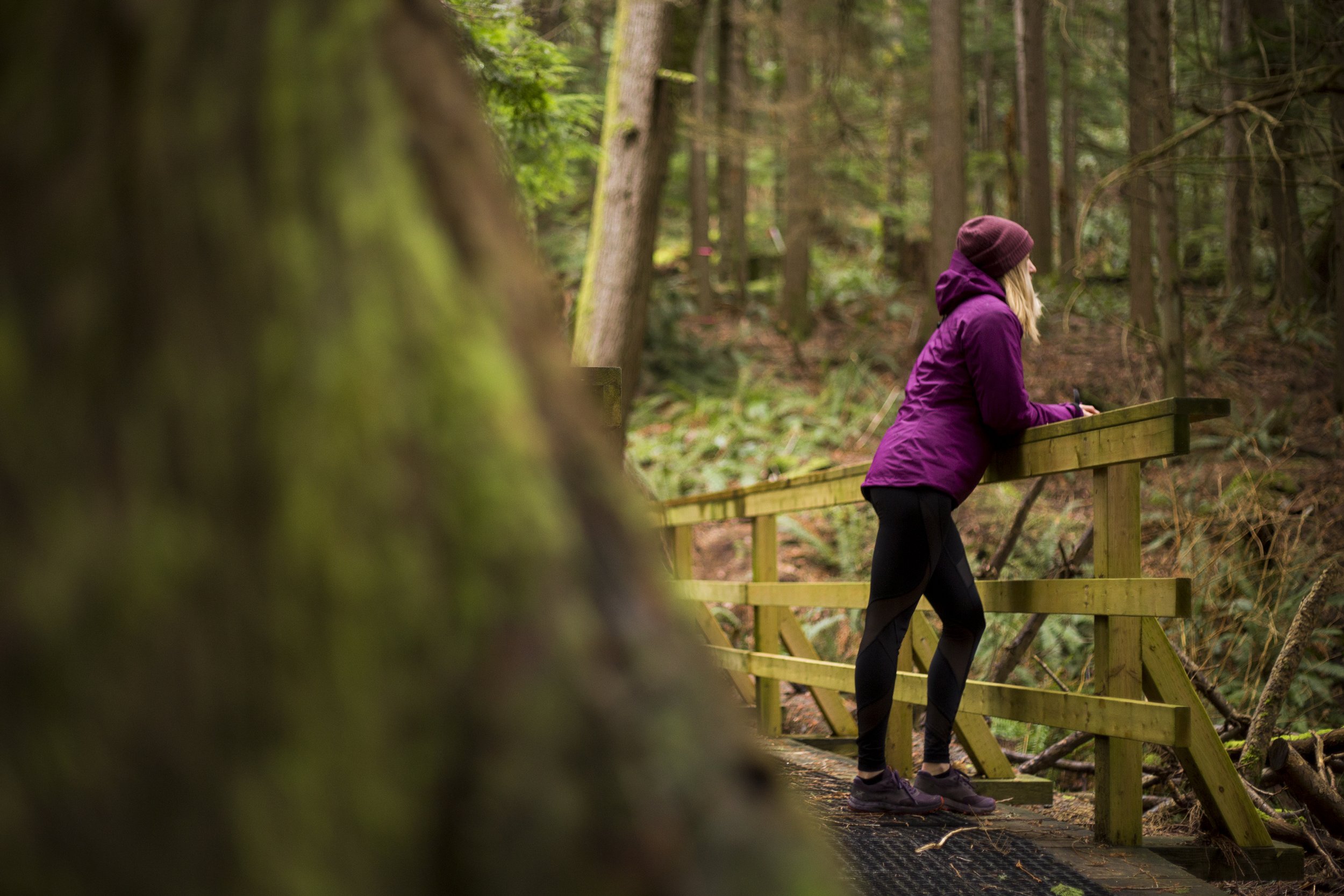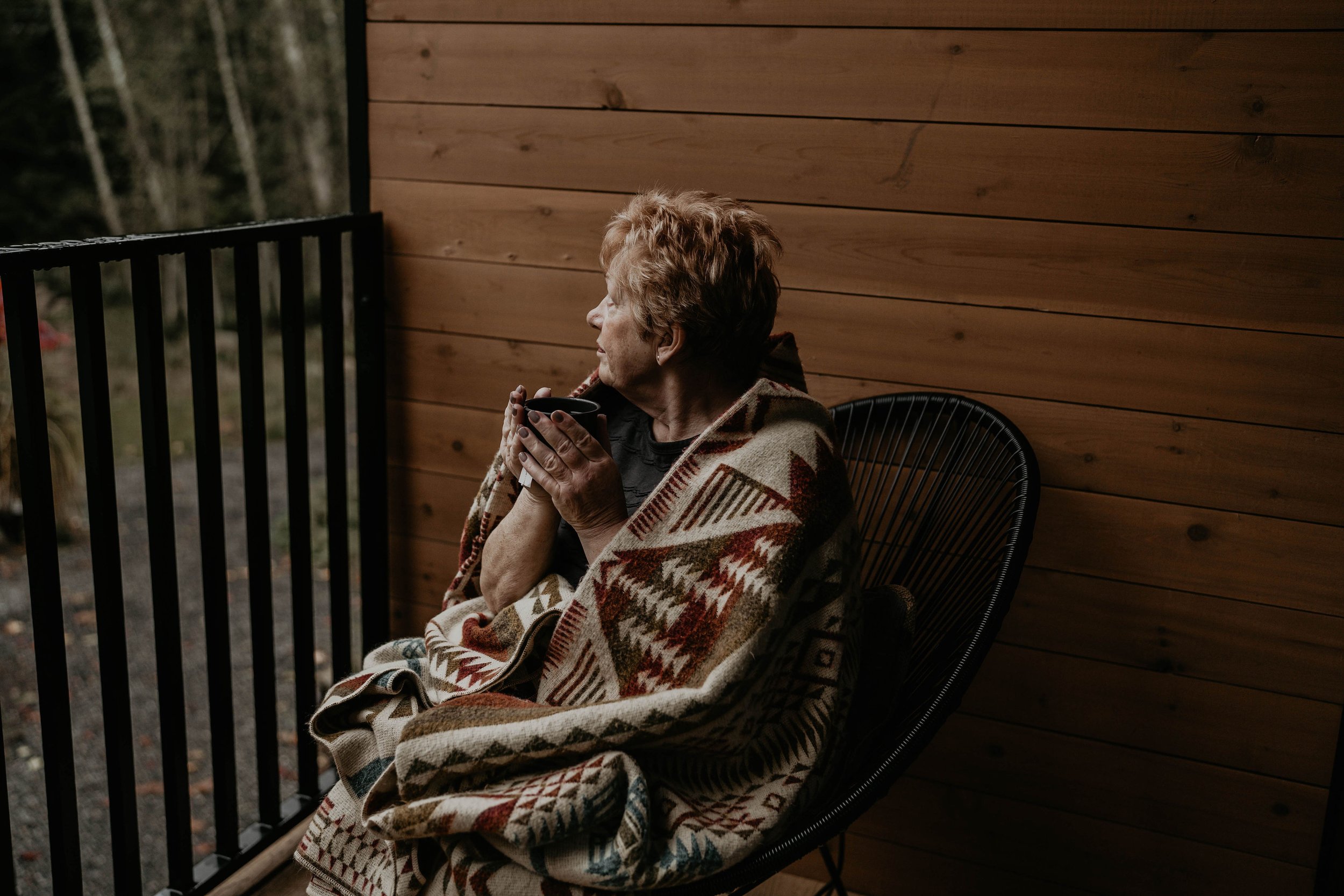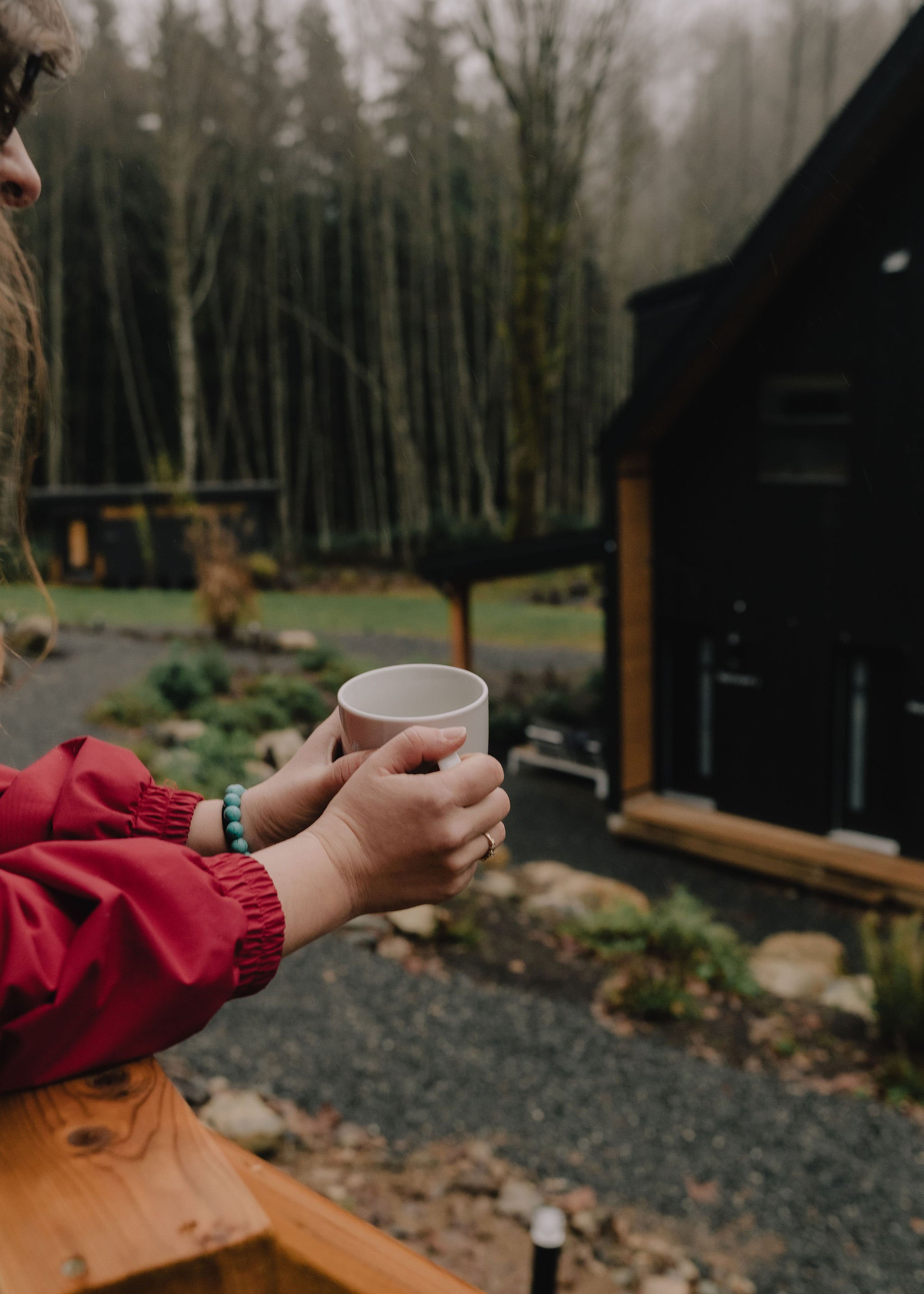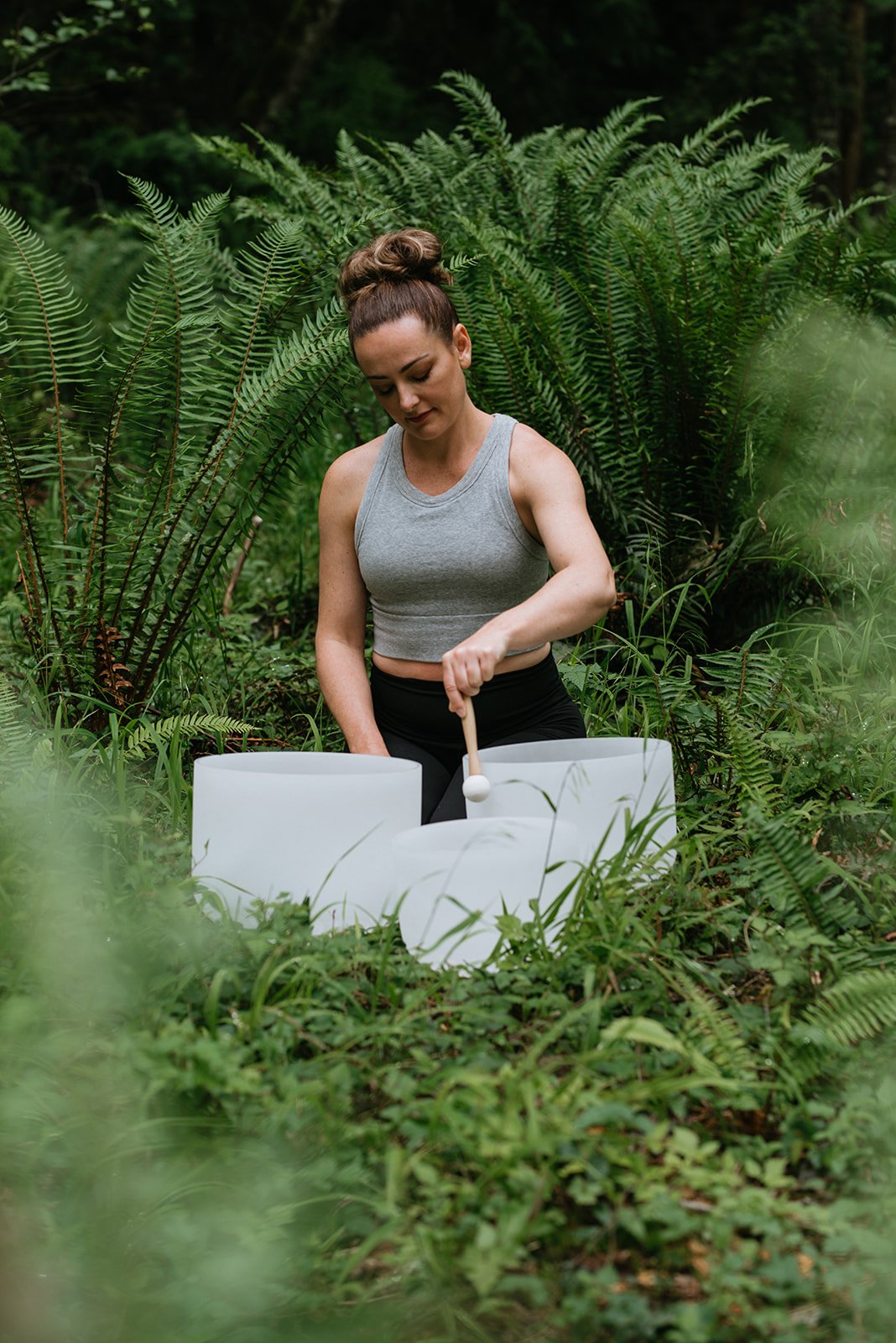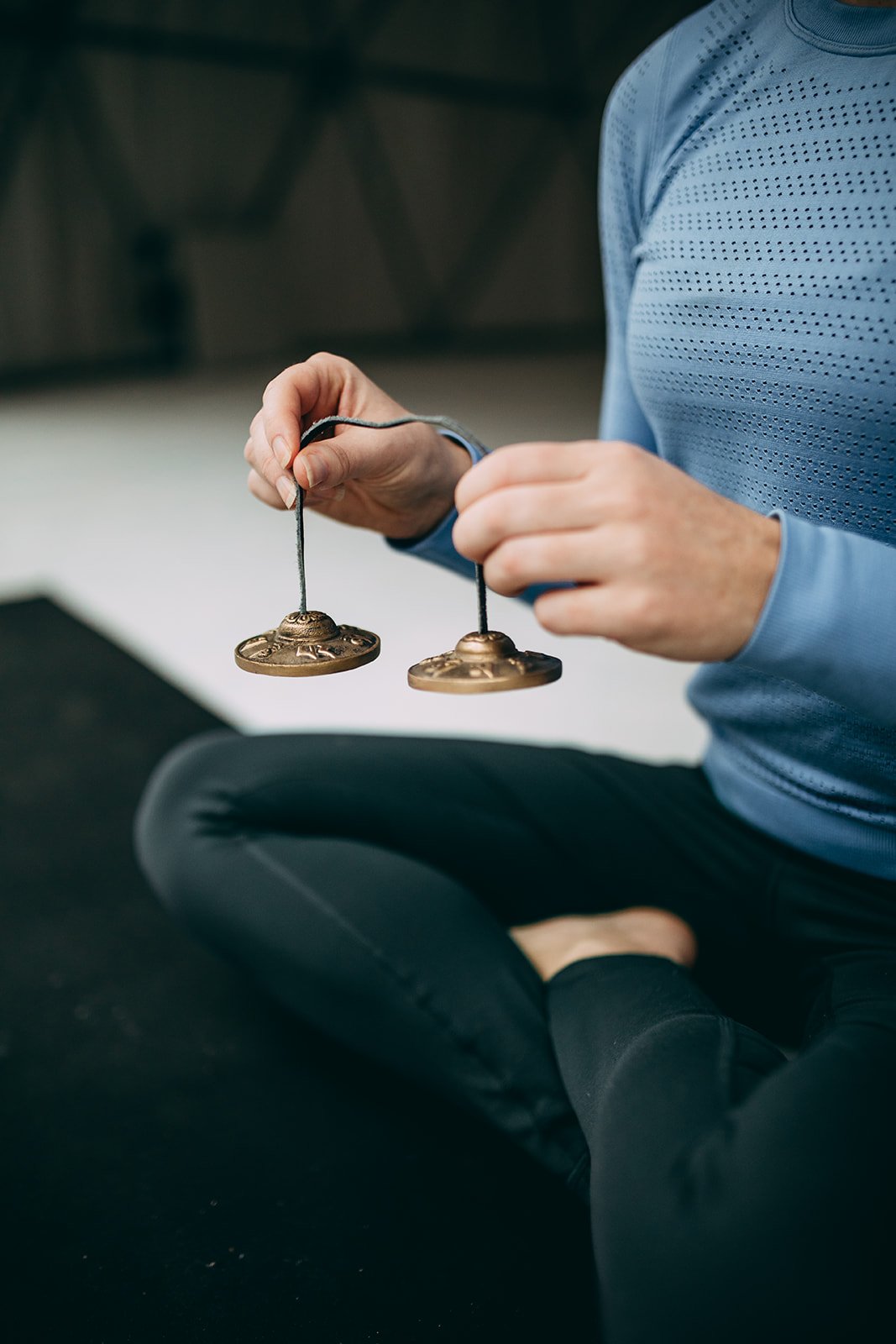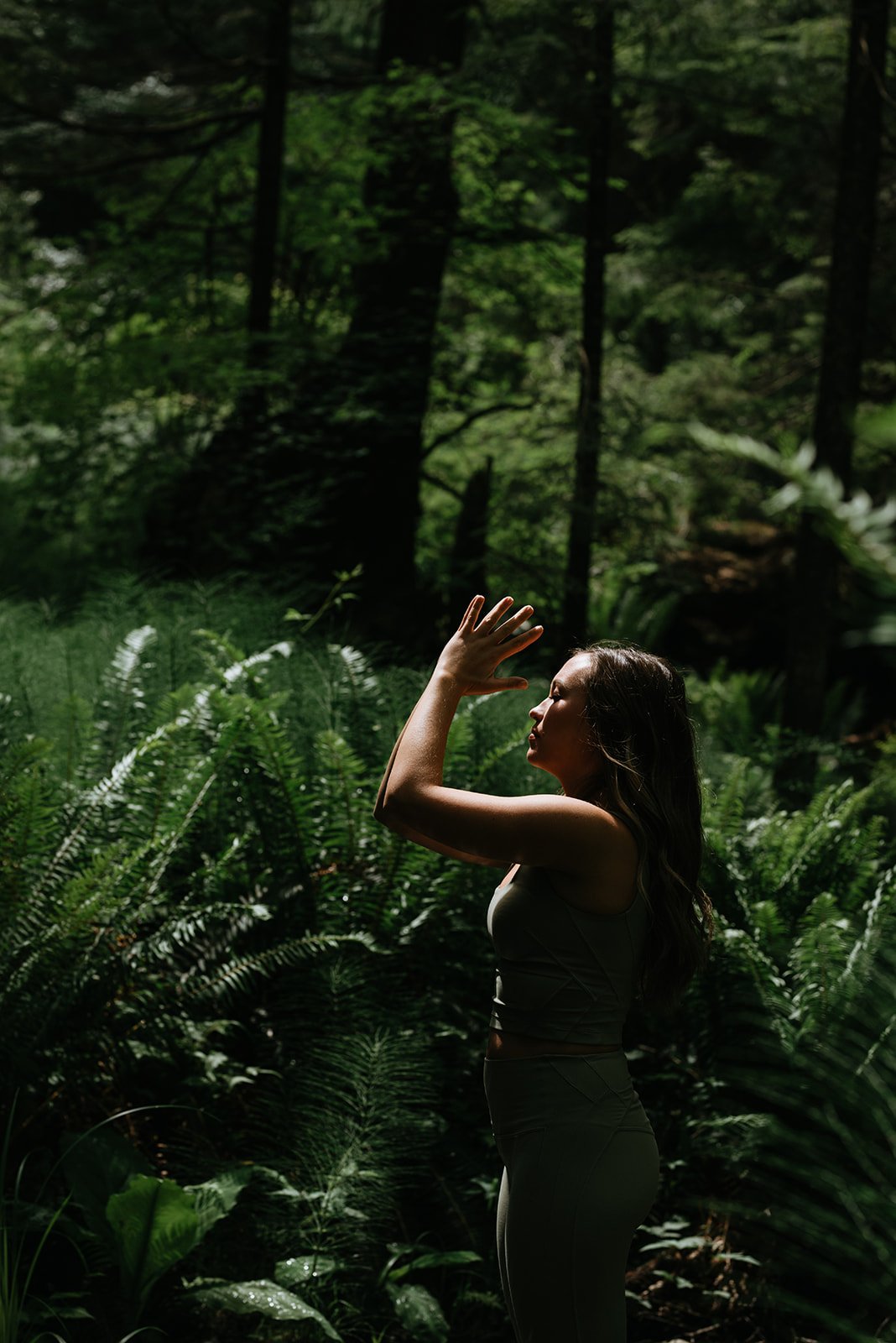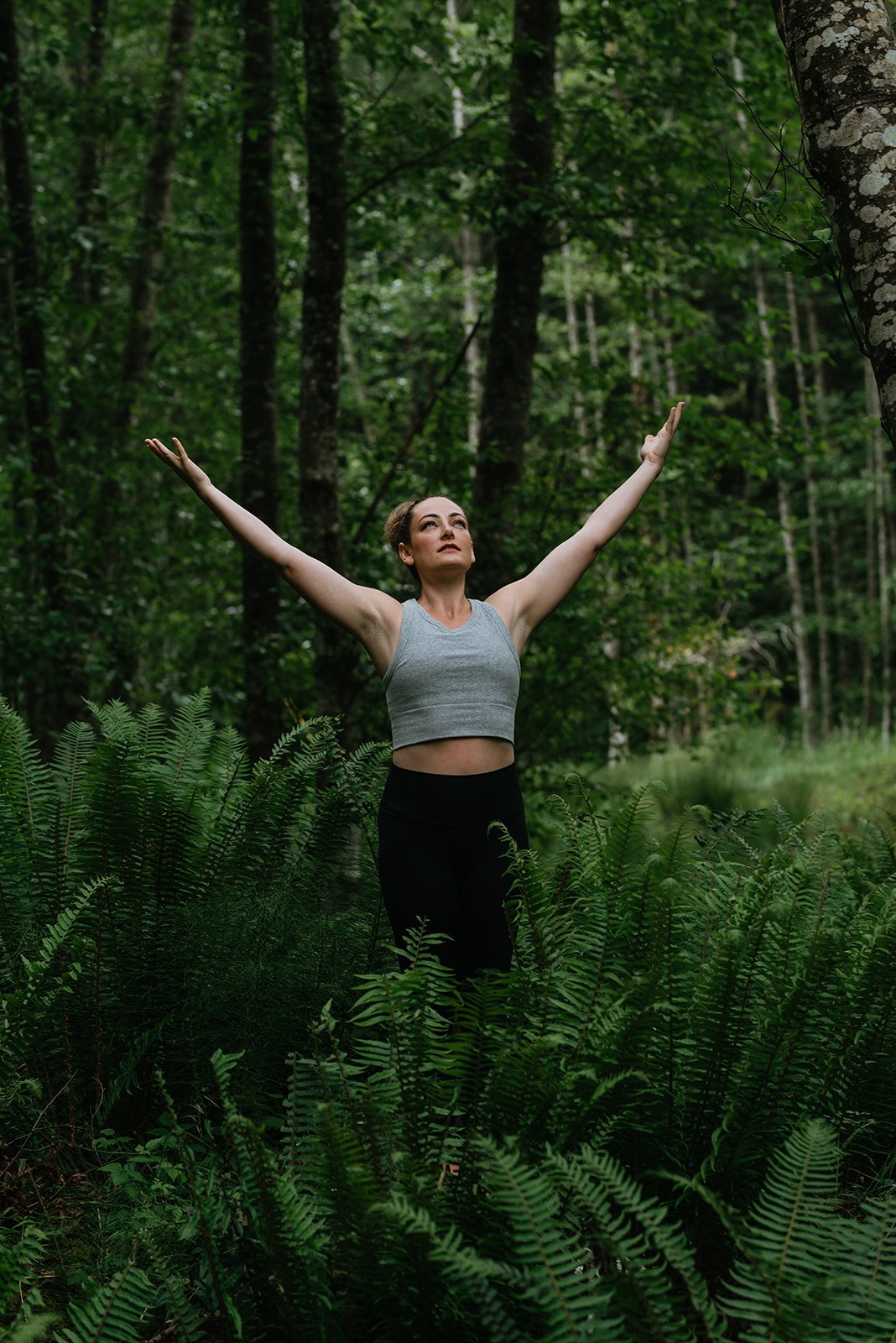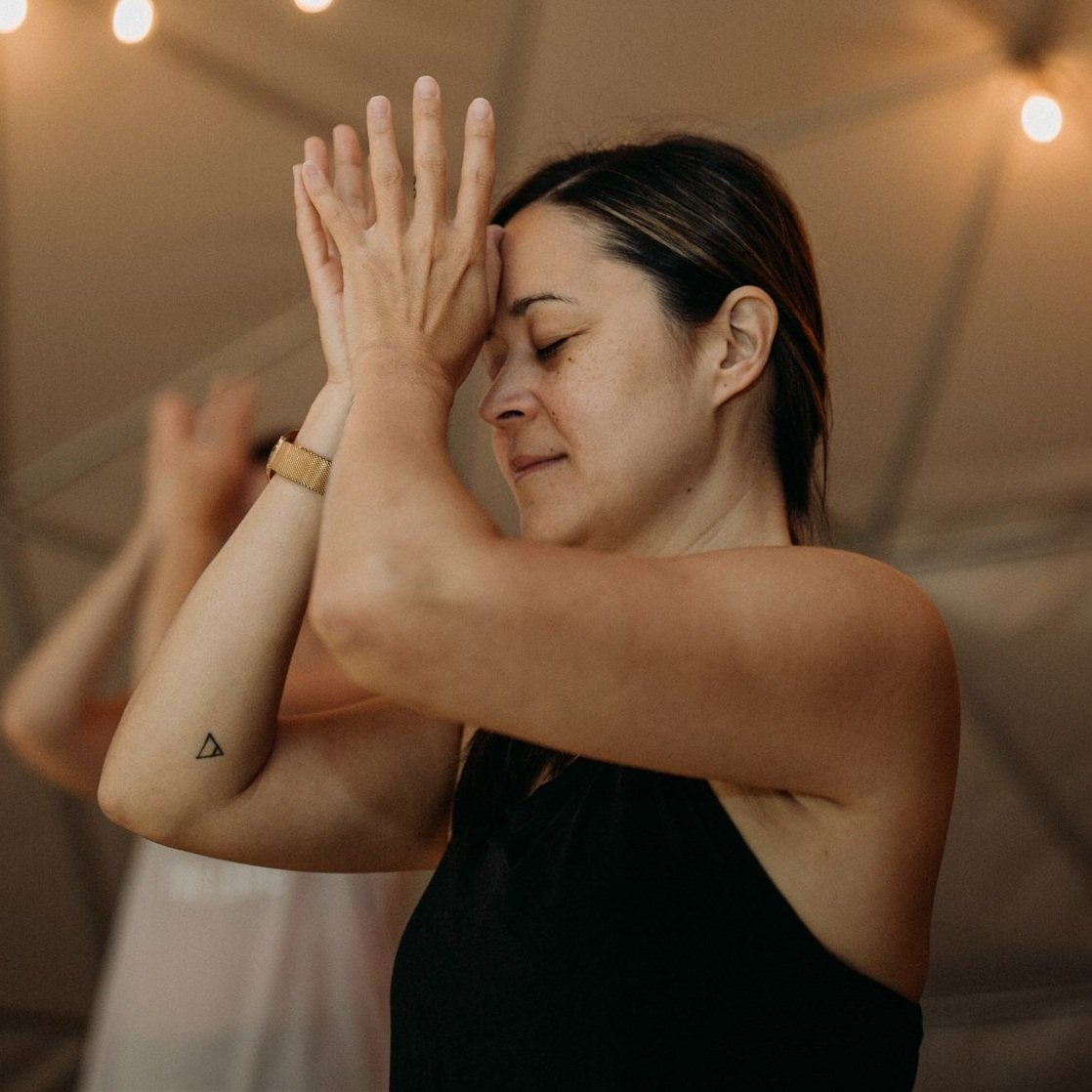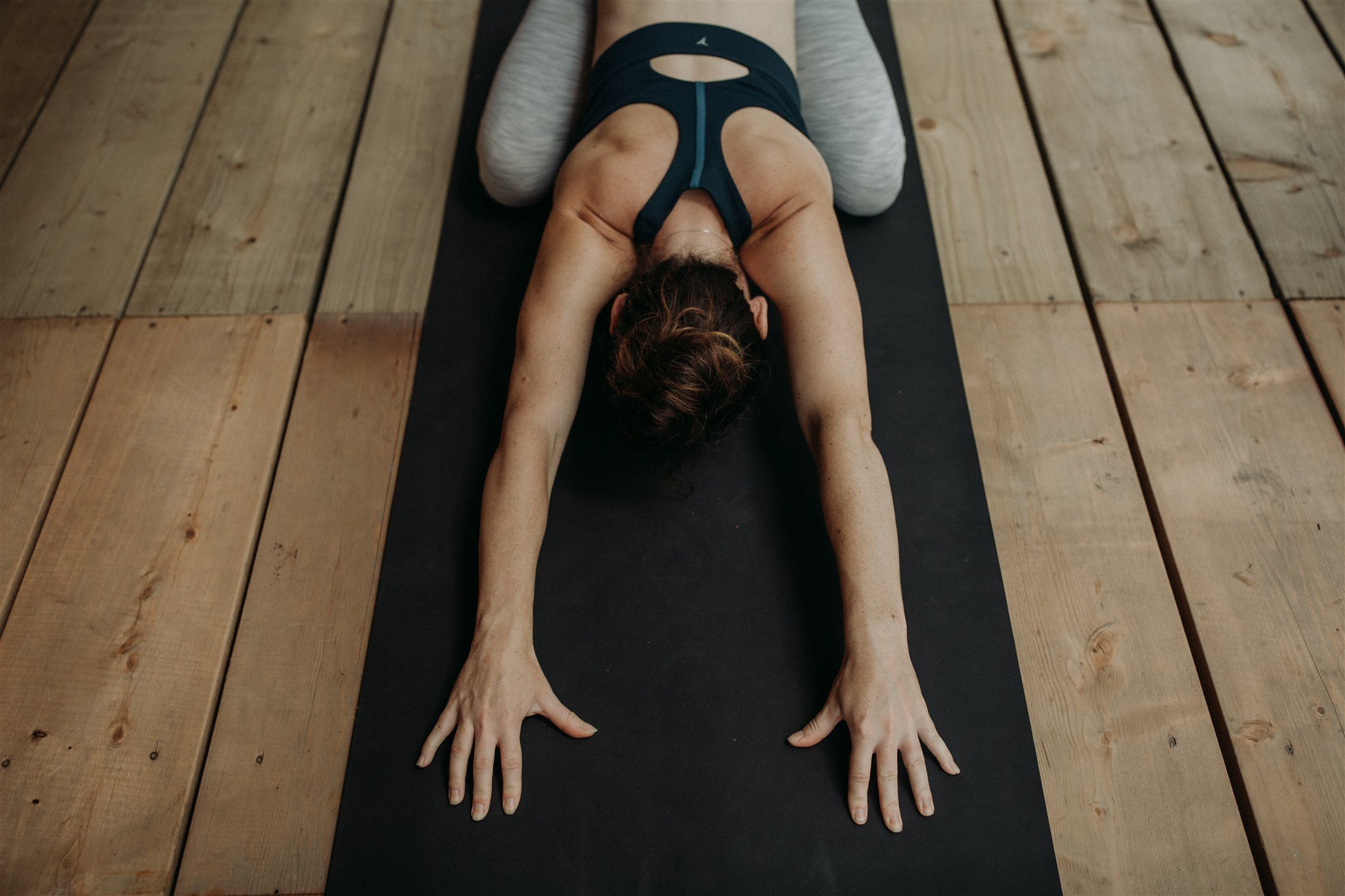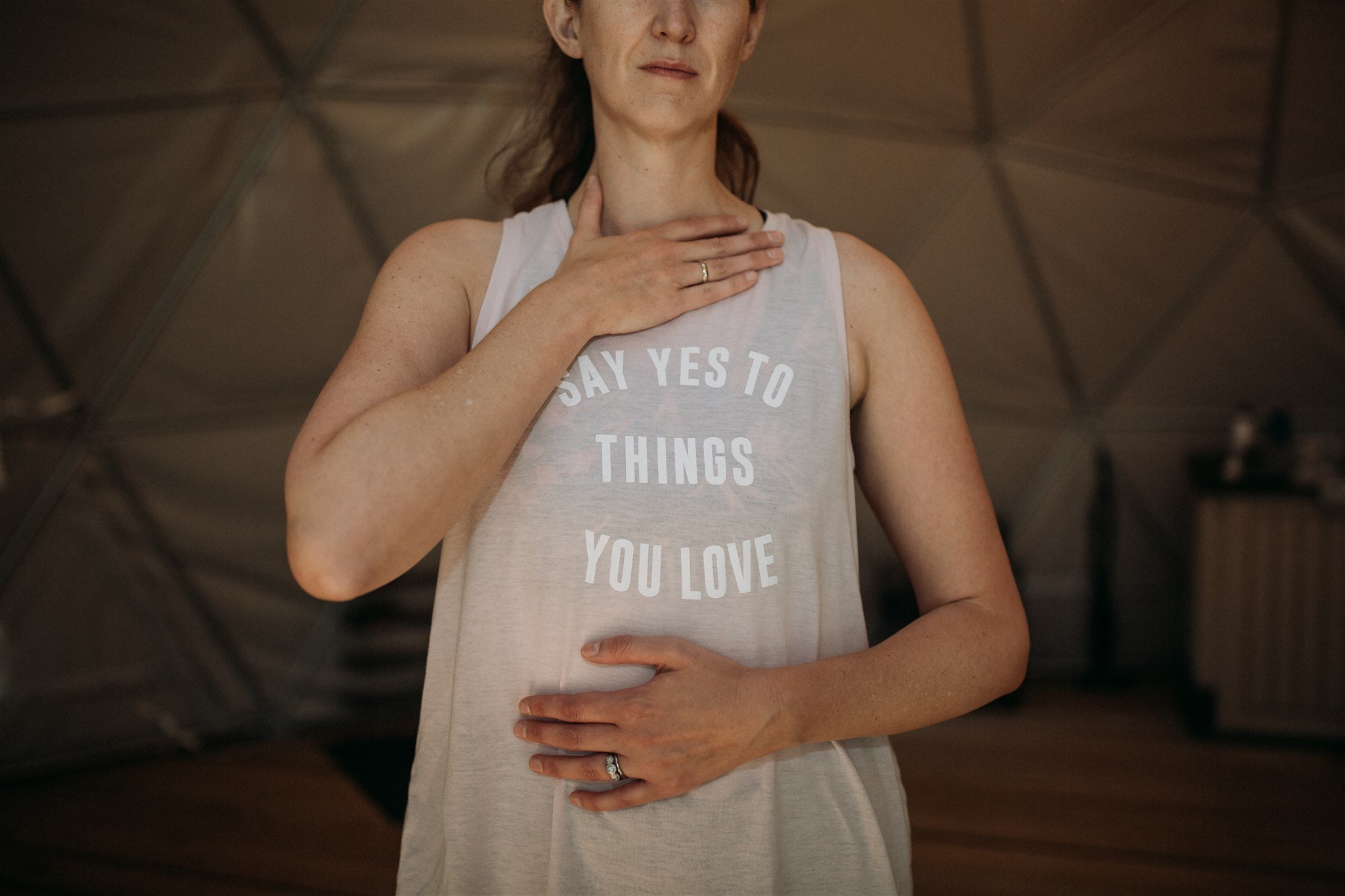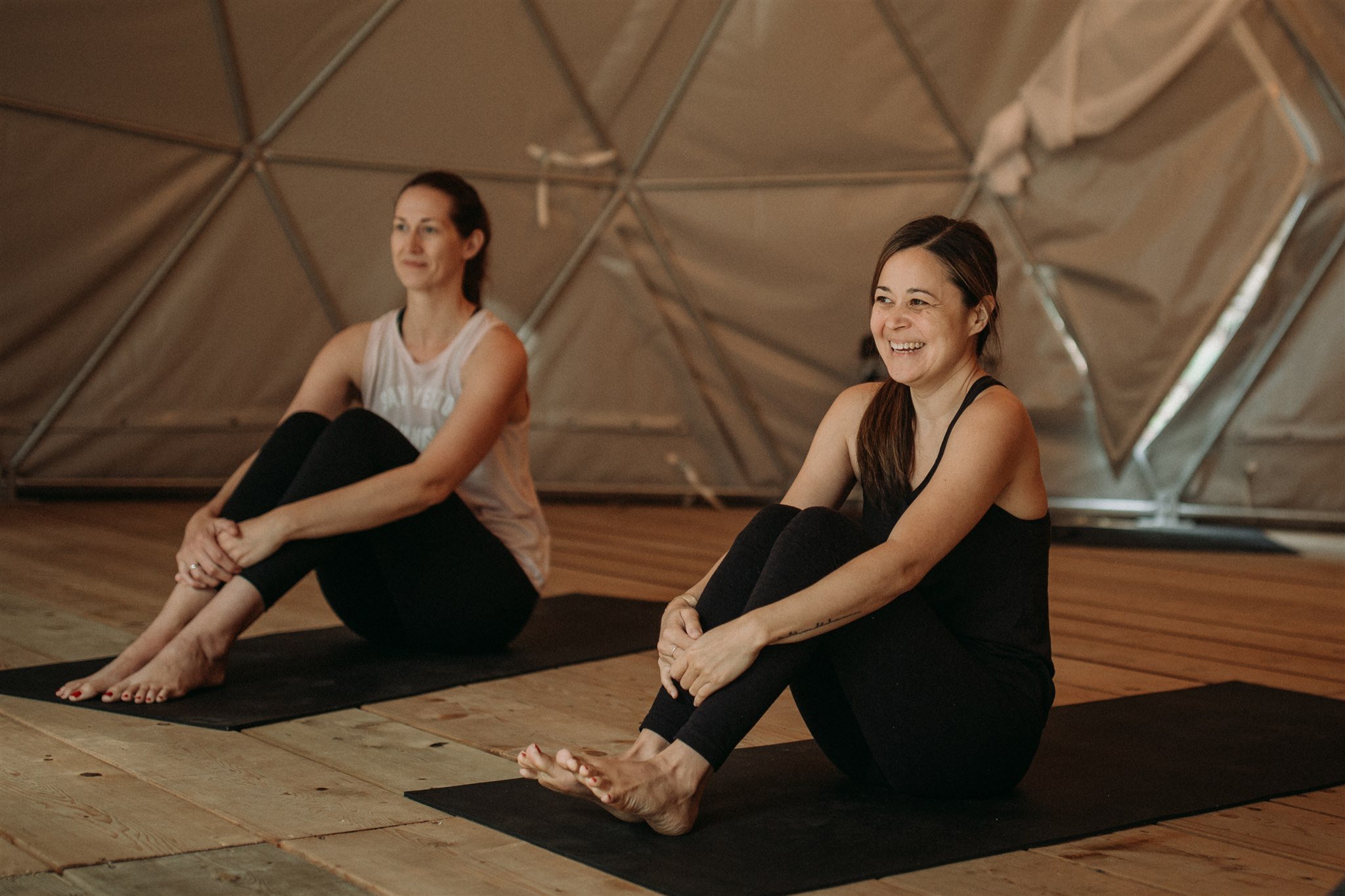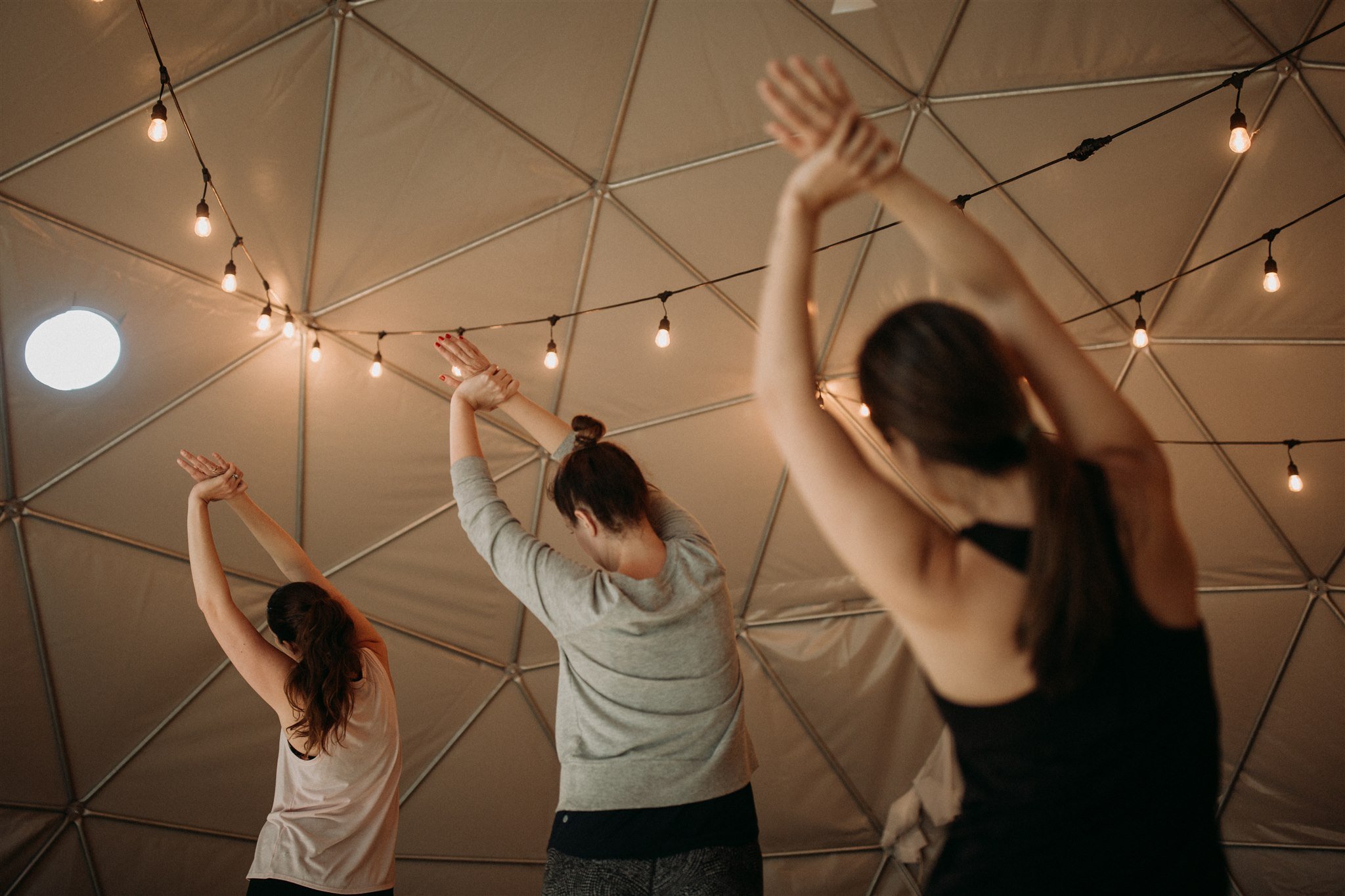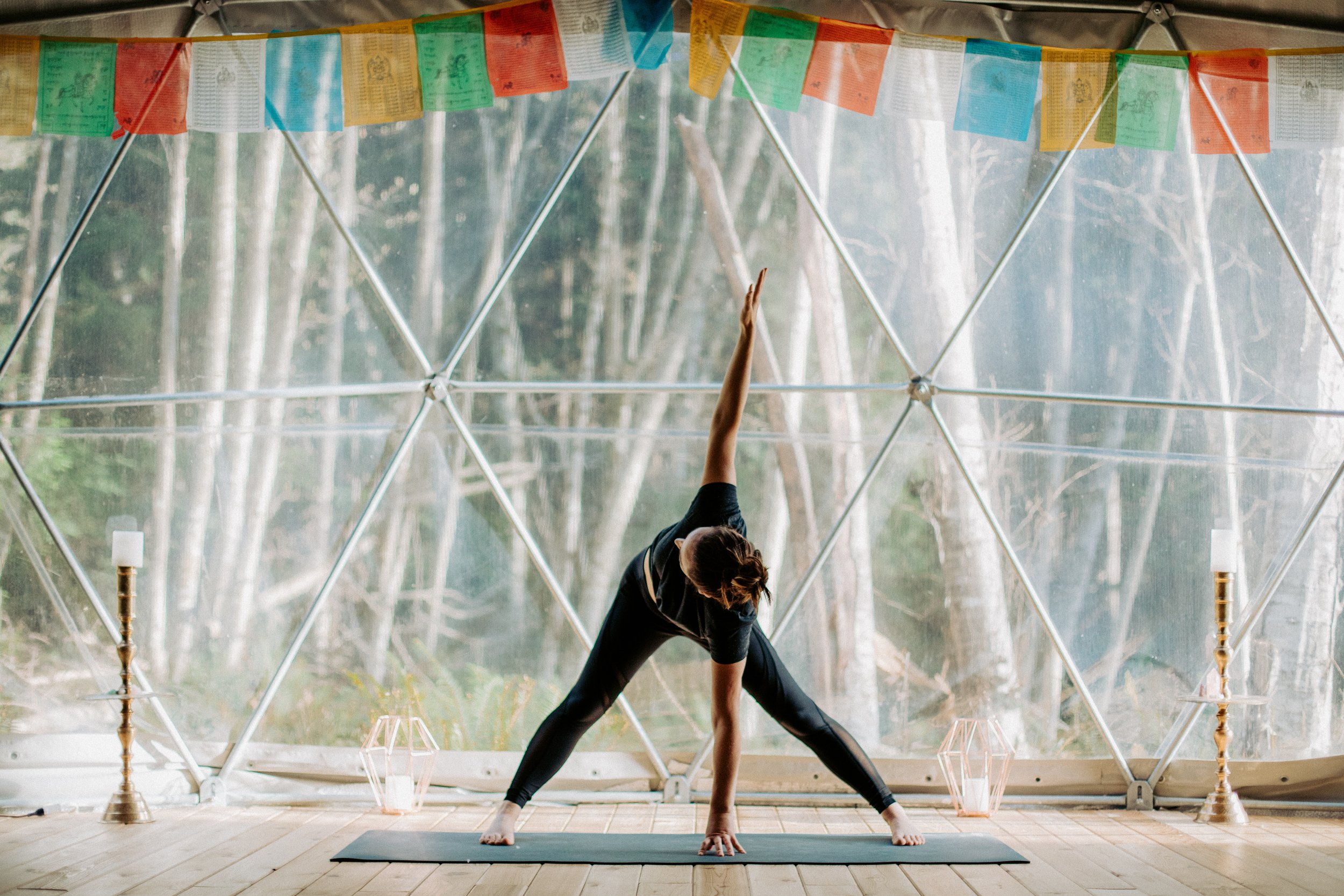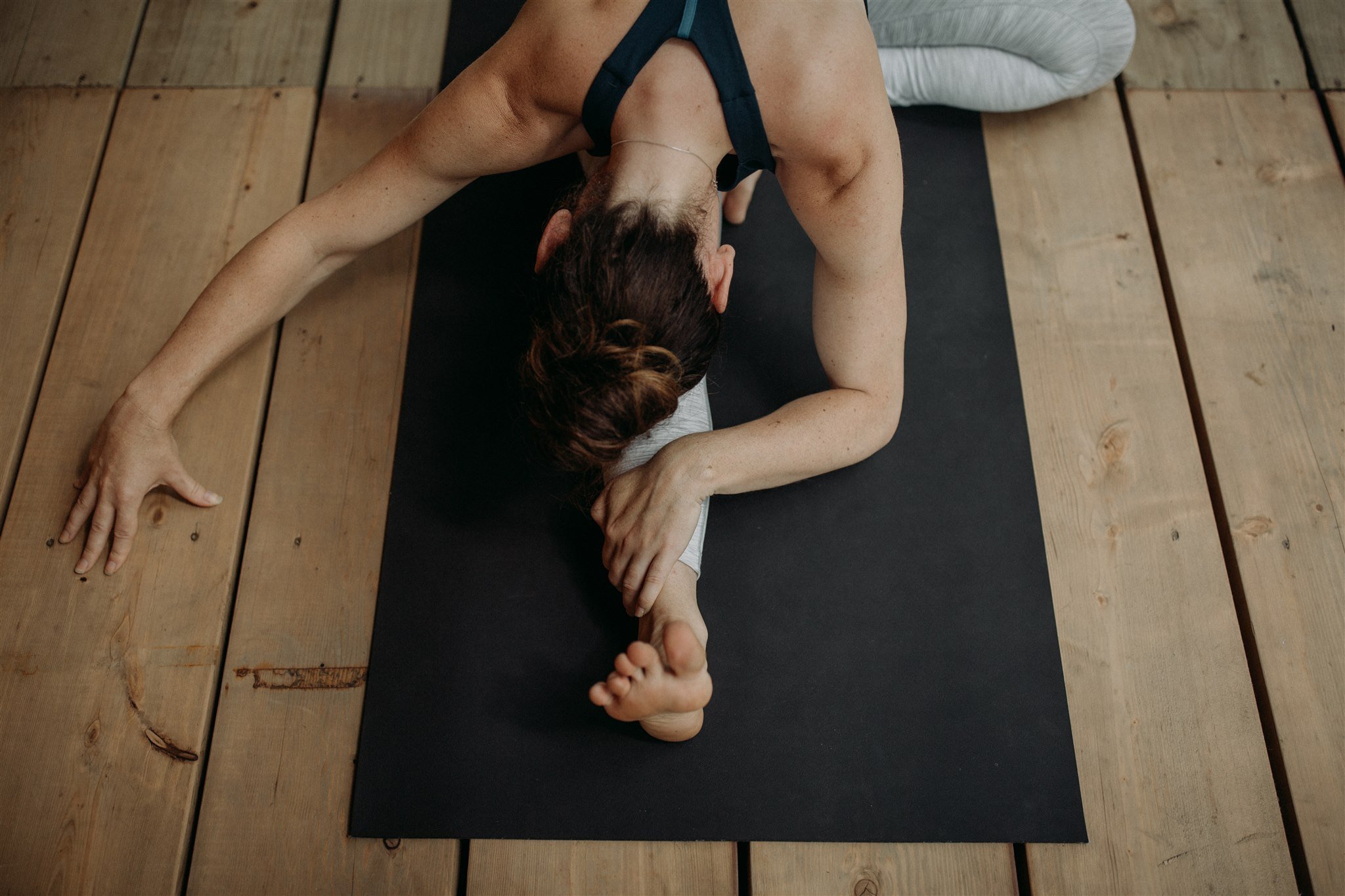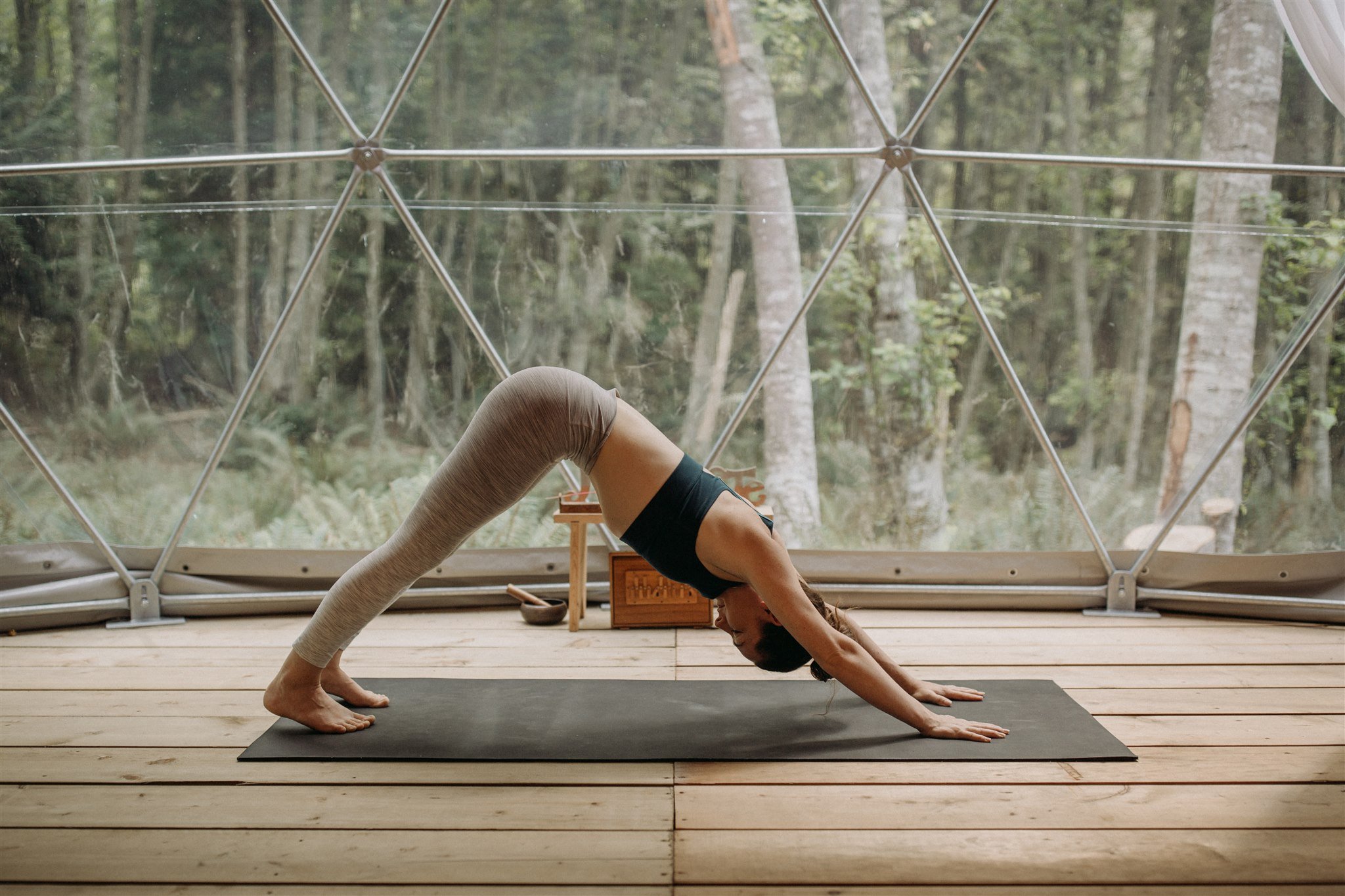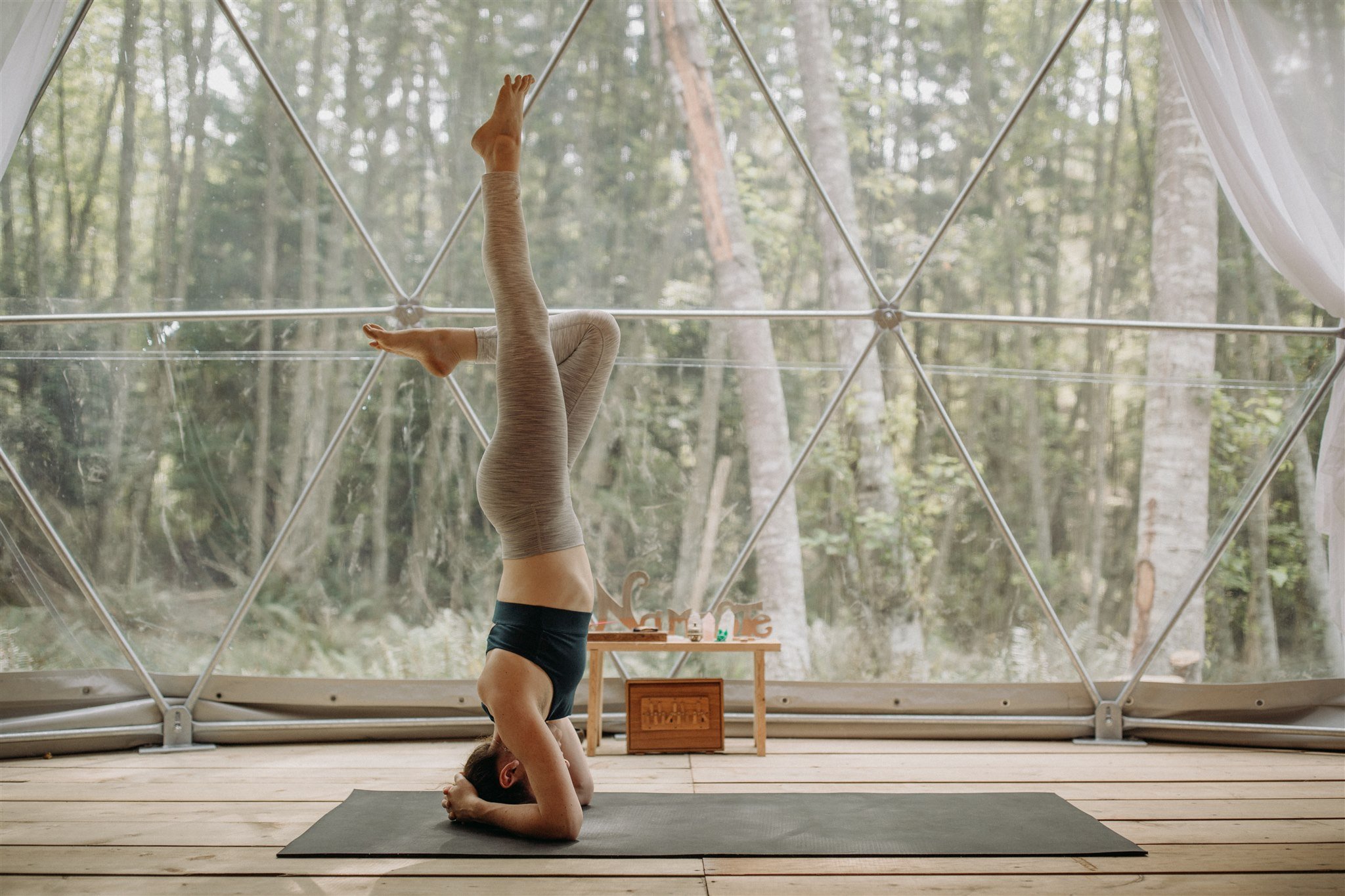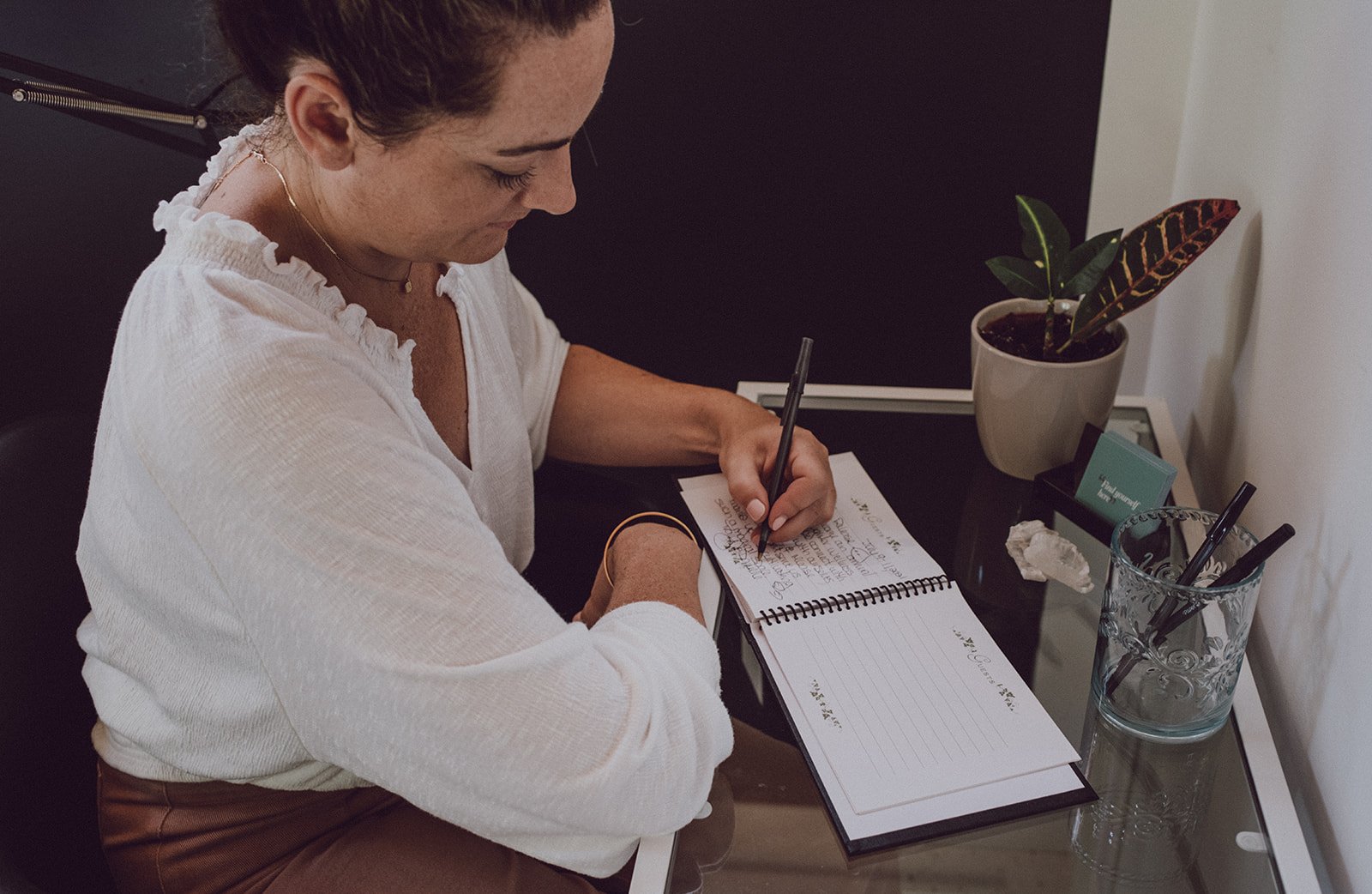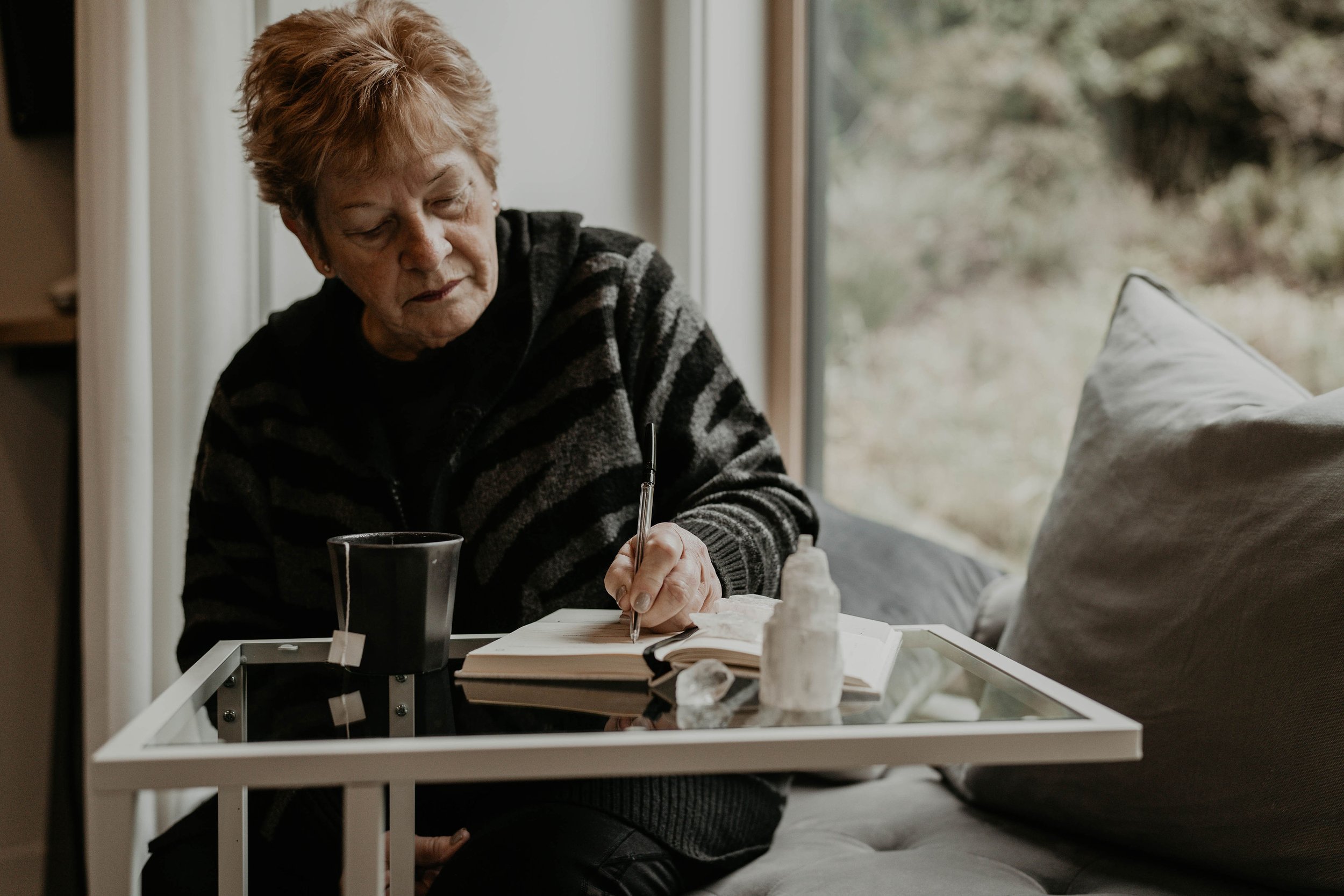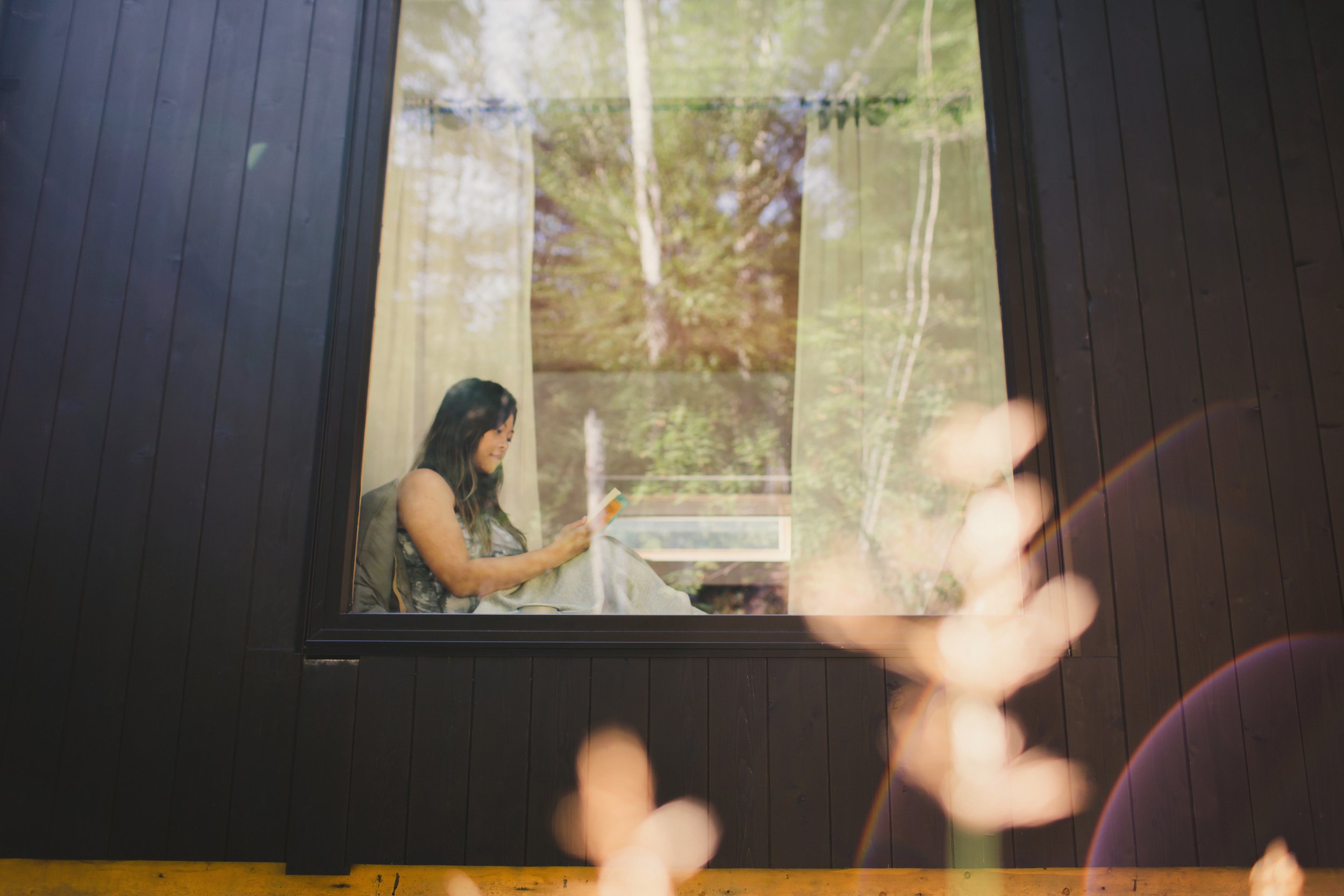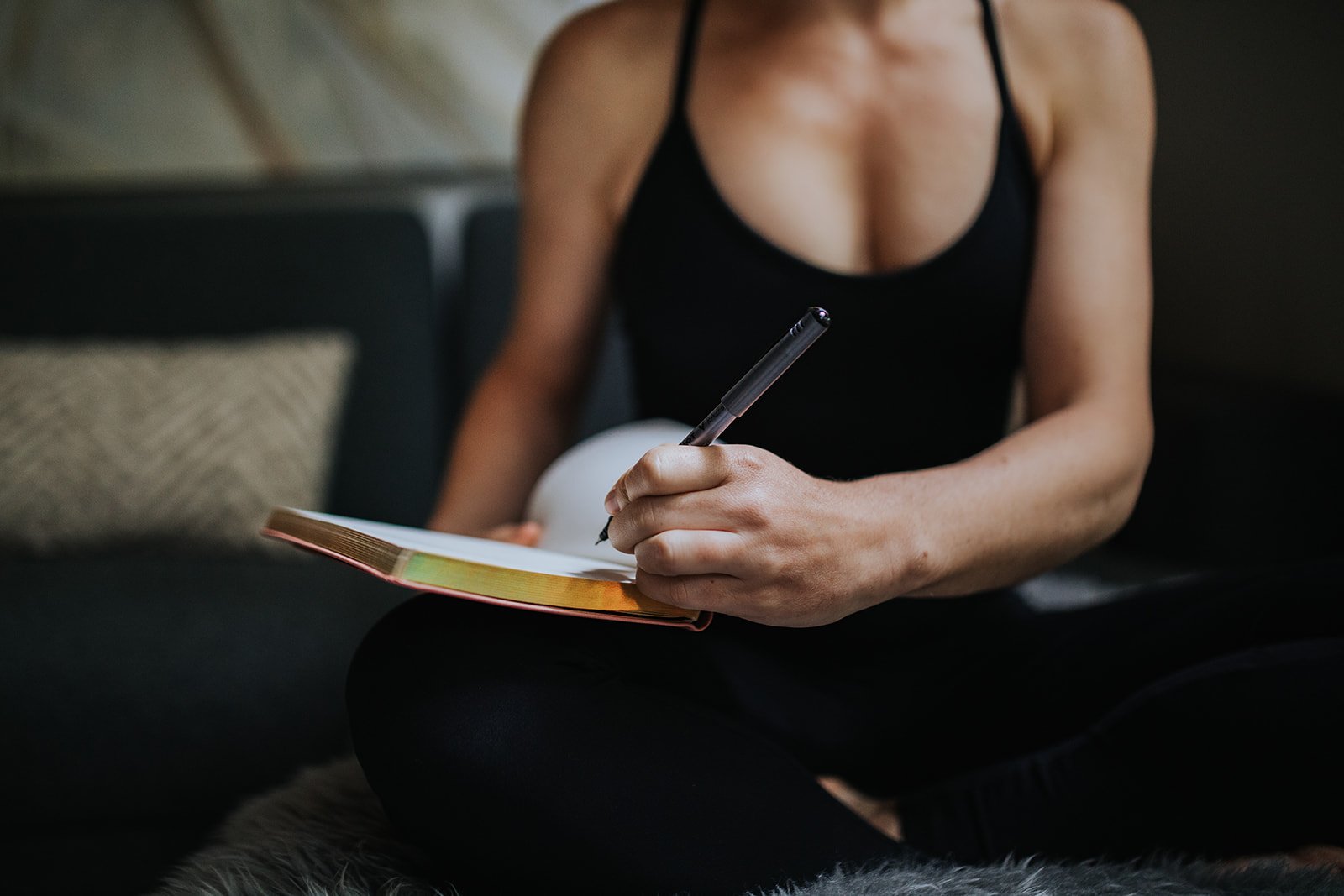As we step into a new year, in the Northern Hemisphere, we are held in the yin energy of the winter months alongside the in-between Ayurvedic seasons of Vata and Kapha.
During the day, as we move through the cold months, you may notice a gradual and incremental return to more vibrancy and drive within yourself. The upcoming Kapha season (Kapha season lasts from the second half of winter through spring), is the time to go deeper into any exercise program with specific attention placed on movement and a time to solidify your commitments to yourself and your plans for the near future.
However, in the dream world, there is a juxtaposition to these daylight hour natural motivations forward.
You may notice that your dreams have been revisiting issues in your past. During these natural outer-world shifts, your time in the dream world is susceptible to revolve around very old memories, both desired and undesirable, often playing out to recreate new scenarios.
Take notice of how you feel when you awaken, reflect on what your dream may be asking you to pay attention to or hold space for. Consider what the lessons may be from the dream, and if it is asking you to make a choice or step into action, then reflect if you’re ready.
What matters with dreams is how you relate with them. What are you learning? Is it asking you to show up in a new or renewed way?
A meditative craft that can be supportive in your dream work is making a Dream Pillow.
You can typically create a dream pillow with materials that you already keep in your home.
What you’ll need:
A small muslin or cotton drawstring bag
Favourite calming herbs (dried)
Crafting the dream pillow itself is a mindful exercise on its own that offers its own calming effects. If you’re using multiple herbs, pour them into a bowl and gently mix them with a small spoon or your hands. Breathe in the smells that waft around you as you set your intentions for what you desire to manifest in your dream work.
Use a spoon or small scoop to pour the herbs into your drawstring bag, secure it tightly, and place it under your sleeping pillow (or beside your bed).
The ritual of making a dream pillow can be done as often as you like, using different favoured and/or seasonal local herbs to tap into various energies they embody and support.
Having a calming night ritual prior to going to sleep is the best way to tap into our most profound intuitive dreamwork insights. This may include exercising your journal practices (specifically dream journaling), a slow movement practice, using a dream pillow, or all of the above.
Whether a morning journal practice is already part of your wellness routine, to hone in on your dream work, we suggest keeping your journal next to your bed to write down the details of your dreams as soon as you rise in the morning.
If you wake up in the middle of the night from a particularly intense dream, write whatever memorable details about it before going back to sleep, as you may likely forget by morning. Documenting your dreams allows you to work through unprocessed issues in your waking life and the symbolic lessons you explore in your sleep.
Sources Cited:
Acknowledgment and thanks to the contributing resources of this publication, Rebecca Turner via Lucid World Dreaming and Irene Wolansky via Mountain Rose Herbs - a precious resource for herb ideas if you’re unsure where to start.
Gratitude to our community near and far, both for taking the time to explore our blog and for walking the path to your best self - we hope this resonated and aids you in finding balance within.
Tell us in the comments what herbs you’re inclined to add to your dream pillow this season.
All Photos - Copyright Nectar Yoga, Adrienne Andersen, Subi Yanto, Ana Pou, Yan Kruko and Olena Bohovyk


